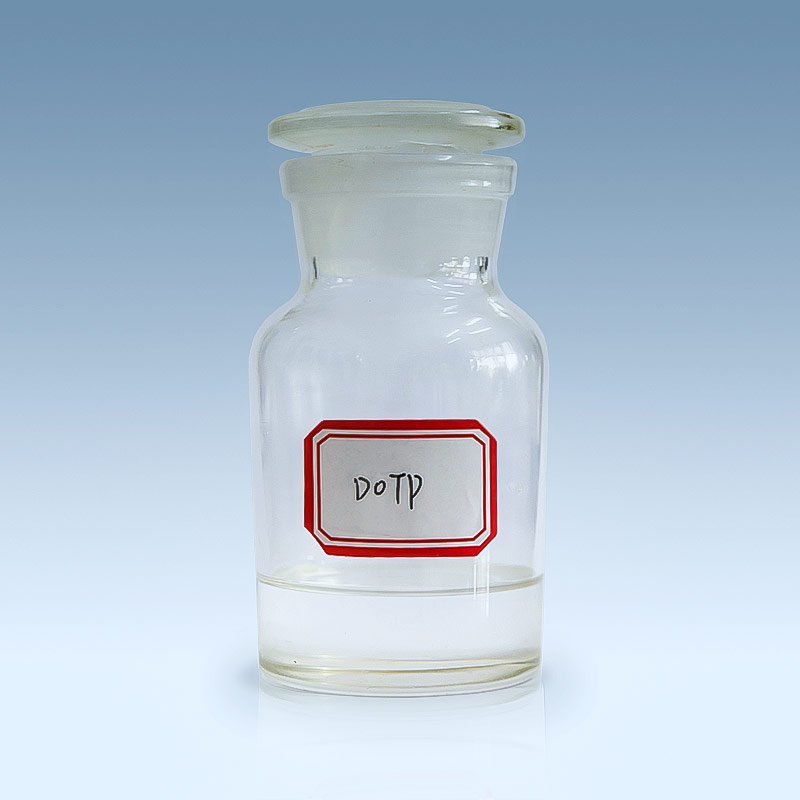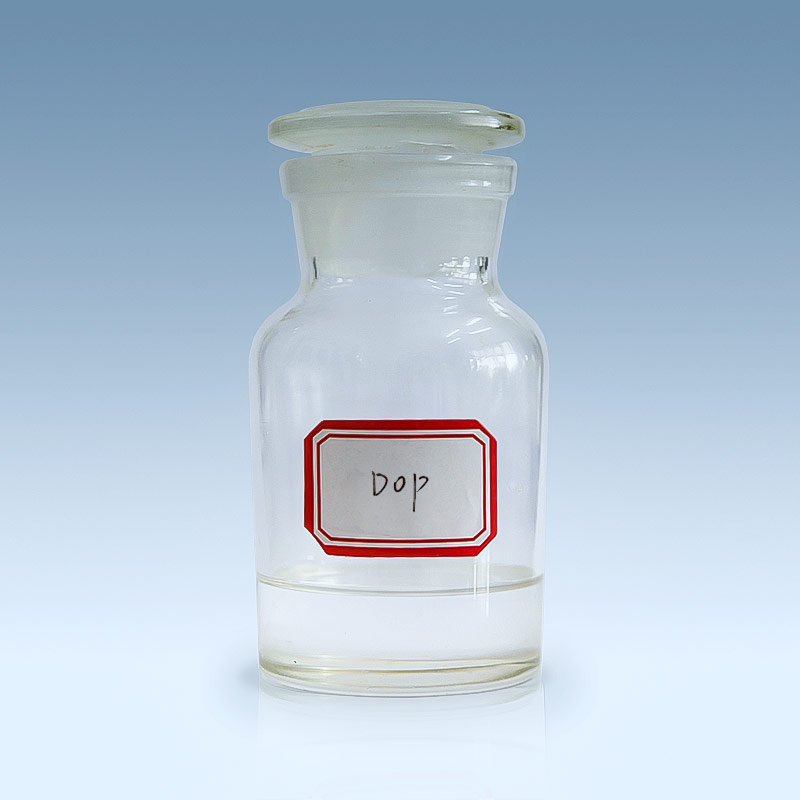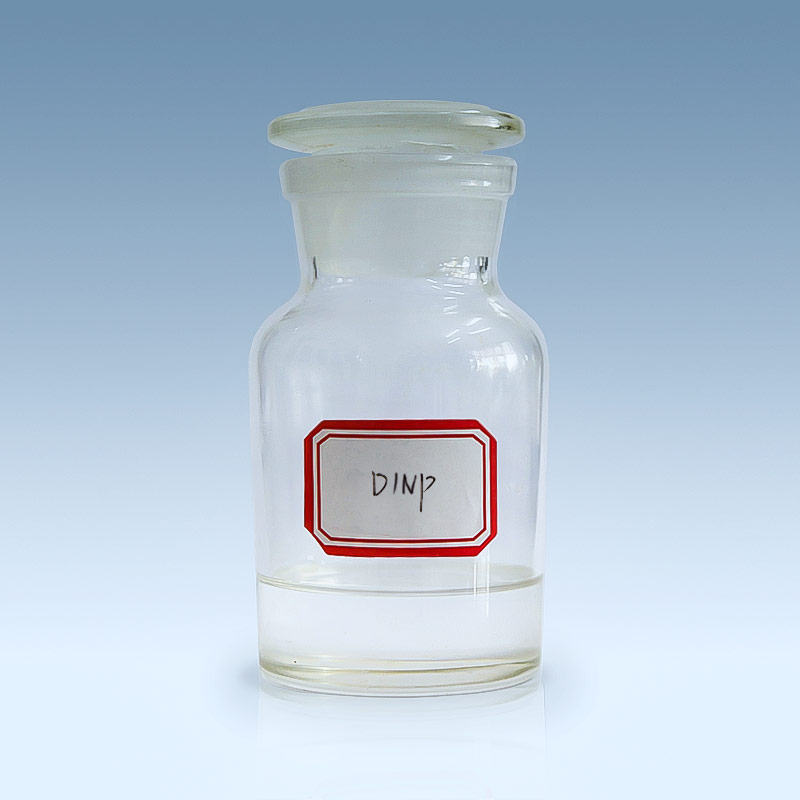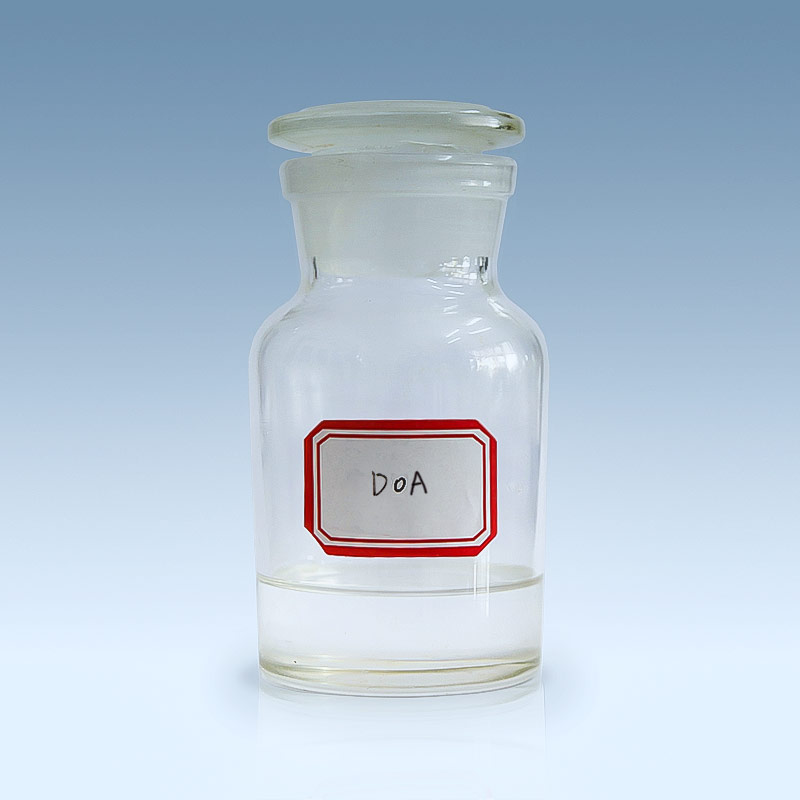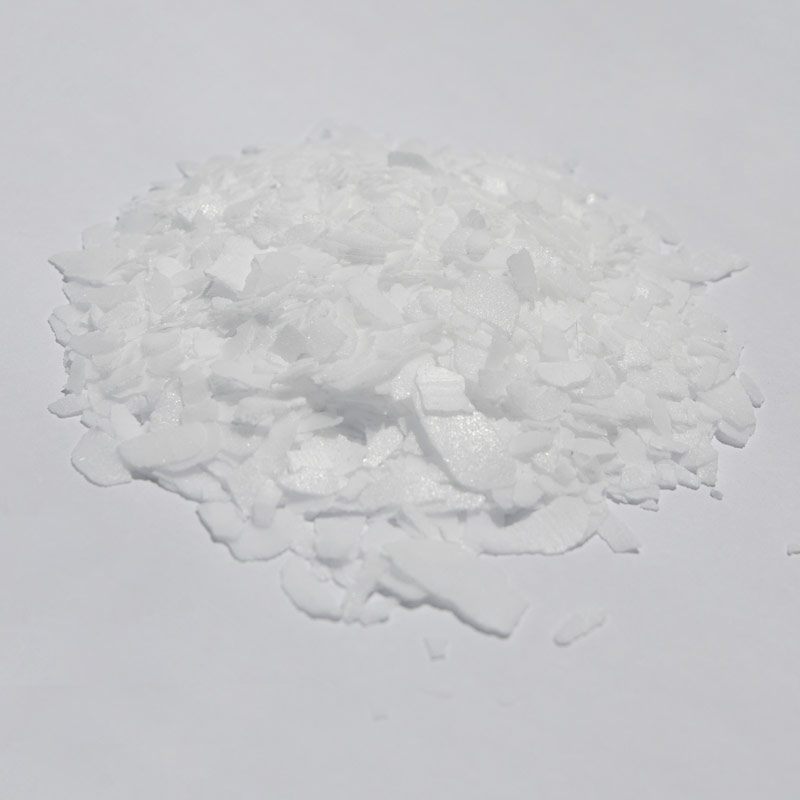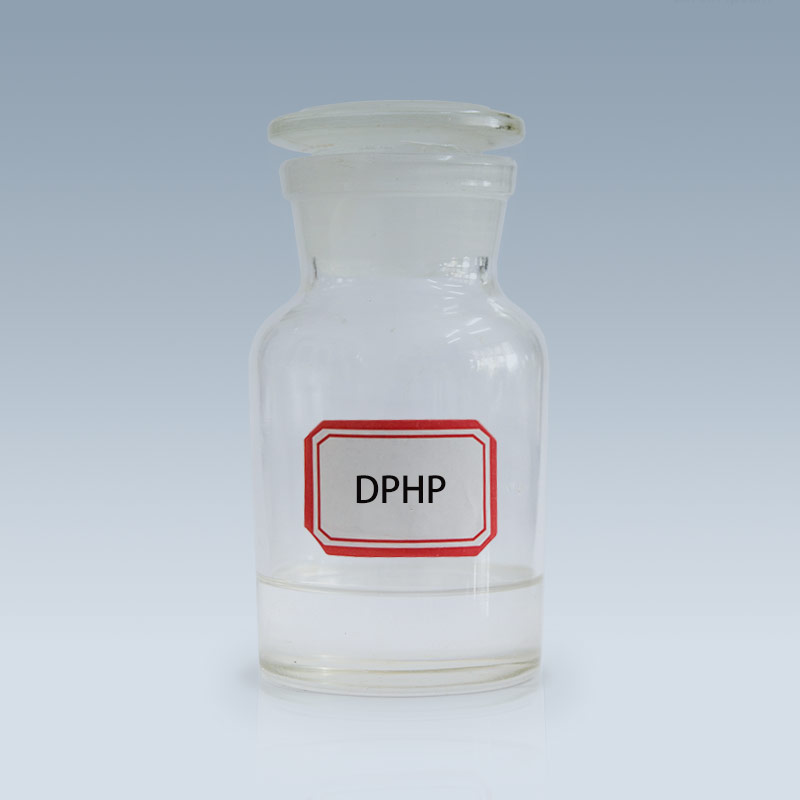Di-2-propylheptyl phthalate, commonly known as DPHP, is a high-molecular-weight phthalate plasticizer. It’s an essential component in the manufacturing of many polymer-based products, particularly those made from polyvinyl chloride (PVC). DPHP is valued for its unique properties that enhance the flexibility, durability, and processing of these materials. As a modern alternative to traditional, lower-molecular-weight phthalates like DEHP, DPHP is often chosen for its improved safety and performance characteristics.
Technical Specifications and Chemical Properties
Chemically, DPHP has the CAS number 53306-54-0. Its structure is defined by its long, branched alkyl chains, which give it a high molecular weight. This high molecular weight is key to its functionality. Compared to other phthalates, DPHP plasticizer has lower volatility and higher permanence, meaning it is less likely to evaporate or migrate out of the finished product over time. This makes it ideal for long-lasting applications.
This high-performance plasticizer is also known for its excellent UV stability and resistance to weathering. These properties prevent materials from becoming brittle or discolored when exposed to sunlight and environmental factors, making it a staple in outdoor and high-durability applications.
Primary Applications of DPHP
The unique properties of DPHP make it a preferred choice across several major industries.
Construction
DPHP is widely used in the construction sector for products that require long-term durability. It is a key ingredient in PVC flooring, roofing membranes, and wall coverings. Its ability to withstand extreme temperatures and UV radiation ensures that these materials remain flexible and stable for decades.
Automotive
In the automotive industry, DPHP contributes to the longevity and performance of car interiors. It is used in wire and cable sheathing, dashboards, and various seals. Its low-fogging properties are particularly important here, as it helps prevent the plasticizer from depositing on car windshields and windows over time.
Consumer and Industrial Goods
Beyond construction and automotive, this di-2-propylheptyl phthalate is found in a wide range of products. It’s utilized in the production of artificial leather for furniture and apparel, durable tarpaulins, and conveyor belts. The superior permanence of dphp plasticizer ensures these items maintain their physical integrity and performance, even with frequent use.

Safety and Regulatory Profile
For many years, the industry has shifted away from traditional phthalates due to health and environmental concerns. DPHP stands out as a safer alternative. Its high molecular weight means it is less bioavailable and less likely to pose a risk to human health. Regulatory bodies in Europe and the United States have recognized its improved safety profile, leading to its broader adoption as a replacement for substances like DEHP.
While DPHP is generally considered safe for its approved applications, it’s still crucial for manufacturers to adhere to specific regulatory guidelines, especially for products that may come into contact with food or be used by children.
As innovation in polymer science continues, DPHP will likely remain a key component, supporting the development of a new generation of sustainable and high-performance materials.



 English
English 中文简体
中文简体